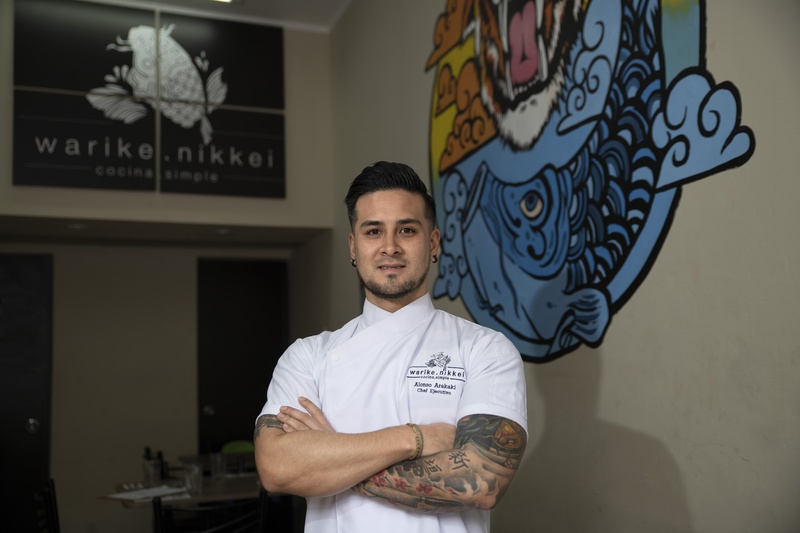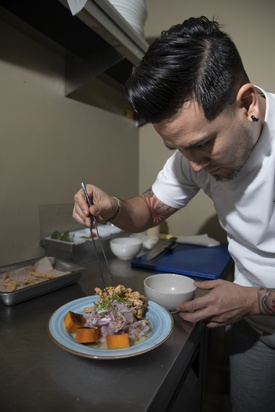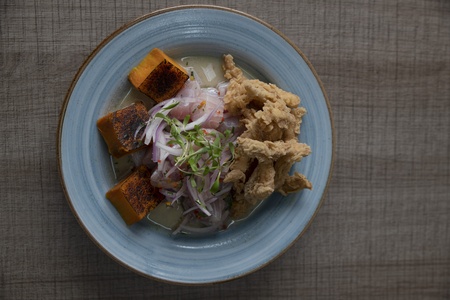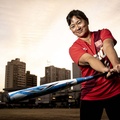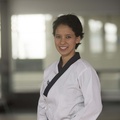Cooking has something of a mystery when it surprises with peculiar recipes that seek to be inimitable. Although their objective is to reach a large audience, in Peru huariques have become famous, those simple restaurants that have achieved mastery in a dish for which people visit them even if they are in remote areas or small establishments.
On a street in Breña, Lima, in a single-room establishment but with a lively staff of waitresses and cooks, Warike Nikkei has become a 'secret restaurant' due to its location, but very popular due to the comments of those who visit it. . Luis Alonso Arakaki Romero is the architect of this contradiction that began in July 2019, and that he undertook with his partners and friends after a journey through several restaurants in Peru and abroad.
“The concept is that of a restaurant with simple cuisine, with Creole and innovative dishes, using common ingredients, with some techniques that I have been collecting from different experiences,” says Alonso, who at 33 years old has already been a chef for fifteen years, with periods in Argentina, the United Arab Emirates and the Peruvian jungle. From the latter, he has extracted several inputs for the menu at his establishment, which is packed every weekend.
NIKKEI OF THE JUNGLE
From the entrances, Warike Nikkei already shows that jungle influence that Alonso obtained when he worked as a corporate chef at the Gocta Lodge hotel in Chachapoyas. To the classic ceviche (which here is accompanied with squid karaage, similar to chicharrón) the chef adds the Nikkei Amazonian version, which has crispy cured meat and yellow chili cream. Both have the Nikkei touch in the leche de tigre, which contains hondashi (powdered fish broth).
The tiradito also has a version inspired by the jungle, as do the fried gyozas stuffed with buttery cheese and candied ají limo, with Amazonian and miso sauce. In the main dishes, the “Charapa ponja” (juane flavored rice, pieces of fish, anticuchera and miso sauce) and the “Yakimeshi charapa” (Amazonian chaufa with cured meat and fried egg) reaffirm this inclination that makes it so peculiar in Lima.
The Nikkei side is also very present, not only because of the family heritage but because of a kind of discovery that Alonso made when he was in Argentina. “I worked in a Japanese restaurant in Buenos Aires (Fujisan) where they had Peruvian dishes. That's when I discovered Nikkei cuisine,” says Alonso, who worked for a time in Japan as a worker, where it was difficult for him to adapt to the pace of life. “It was difficult because you worked all day, I even got anemia,” he says.
FAMILY KITCHEN
Despite having spent so much time away from home, Alonso Arakaki longed for family cuisine, which was not Japanese or Peruvian but Nikkei. “At my house they served a dish that was chicken al silao with mashed potatoes that we have adapted to the restaurant.” Here it is called “Nikkei Feeling” and it is a pork bondiola braised for eight hours, with homemade mashed potatoes (“just potatoes, butter and milk, very simple, without heavy cream or nutmeg”) and gohan, fried rice. Japanese style, without salt or seasoning.
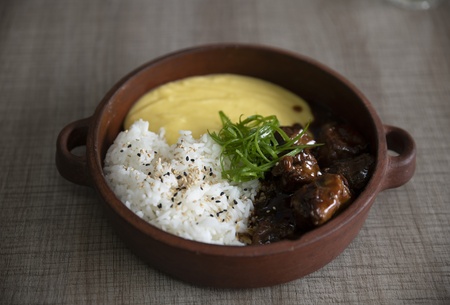
Other dishes show their tendency towards the Creole Nikkei, such as “Macho Nikkei”, fish in macho sauce with tacu tacu, or “El Italiano que se cre se ponja”, a risotto of shiitake mushrooms and fish with Nikkei chimichurri. The dessert is deliciously simple: roasted pineapple brulee in toffee and miso sauce, with ice cream. “We make classic cuisine but with modern techniques,” says Alonso with a blowtorch in his hand to caramelize the dessert, adding that for him, dedicating himself to cooking was always his first option.
“My dad lived in Japan and every time he came home he always settled in the kitchen and I, because I always wanted to be close to him, watched him prepare lunch for us,” he says. On his arms, Alonso has tattooed that Nikkei feeling that has accompanied him since his childhood, when he was a little picky when eating: on the left, an image of his father, Luis, a knife and the koi fish, a symbol of perseverance; on the right, the dragon into which this fish that swims against the current transforms, and a phrase that summarizes the career of this chef: “You are not what you achieve, you are what you overcome.”
Cooking and food
In 2017, Alonso Arakaki participated in the Zero Hunger movement, promoted by the World Food Program (WFP Peru), whose objective is to end hunger and improve the eating habits of Peruvians. He went from suffering from anemia to fighting it. In the television program “Cocina con Causa”, recorded in Pucallpa, Alonso receives a call from his colleagues to be the guide in the search and study of inputs from the jungle due to his experience and knowledge of the subject.
“With cooking you can break many barriers,” says Alonso, who has cooked in Dubai, in the luxury restaurant Geisha House, and in Pucallpa, seeing a reality of Peru that he did not know and that has led him to take a closer look. social and responsible kitchen. At Warike Nikkei they work with the catch of the day which, on weekends, can be ordered in whole format, to take advantage of all the protein in this great food that is part of the logo of this increasingly less secret restaurant.
* This article is published thanks to the agreement between the Peruvian Japanese Association (APJ) and the Discover Nikkei Project. Article originally published in Kaikan magazine No. 121, and adapted for Discover Nikkei.
© 2019 Texto y fotos: Asociación Peruano Japonesa



